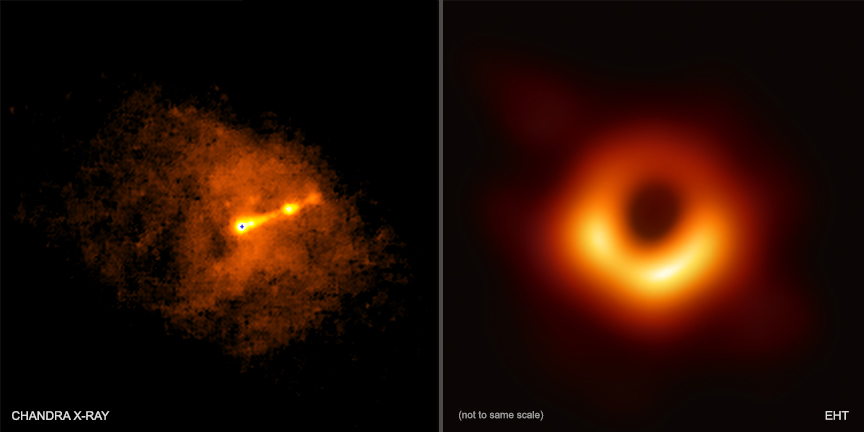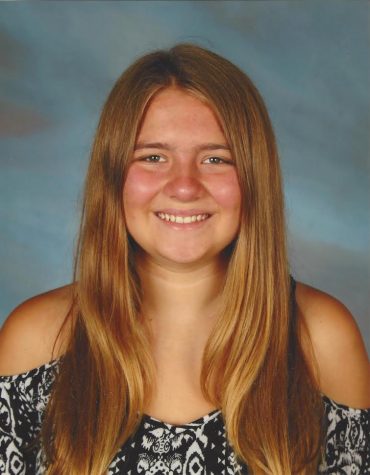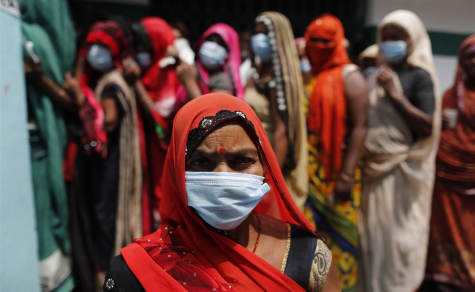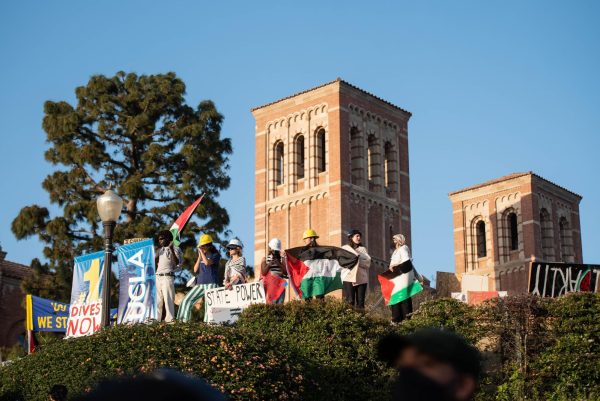First Ever Photograph of Black Hole Captured by Scientists at NASA
Full sized (left) and zoomed-in (right) images of black hole taken by NASA.
June 5, 2019
The first ever picture of a black hole was taken by NASA’s telescope, Event Horizon, and was released on Wednesday, April 10 to the public, creating a swarm of excitement all over the globe. This particular black hole, named M87, as well as Sagittarius A, is the one lying in the center of our very own galaxy: the Milky Way!
Black Holes are, according to NASA, “a place in space where gravity pulls so much that even light can not get out.” In respect to galaxies, they allow many, but not all, of them to form together and rotate around the black hole, much like individual solar systems around a star, to create that spiral look.
For years, the idea of taking a photo of a black hole seemed ridiculous. How could one possibly photograph something black? It’s kind of hard to see a black object that reflects no light in the dark vacuum of space, which, shockingly, is filled with black. And yet, here we are in 2019 with an actual image of our galaxy’s black hole.
How did they manage to accomplish such a feat?
Over 200 scientists worked together to get this massive project off the ground. Without their contributions, this image would not have been possible. According to Jet Propulsion Laboratory, scientists have already theorized that an image could be taken of a black hole, granted it had a backdrop of color and light to point out its location. Deciding to actually take this on, they did just that, giving us the image we have today.
They did so by using a method that allows them to photograph far-away images. This is known as Very Long Baseline Interferometry, or VLBI. It works by putting together smaller telescopes that they synchronize to focus on the same object- the black hole- and act as one giant telescope.
However, while there were indeed many intelligent people working together on this, much of the focus online is directed at one individual: Katie Bouman. Sites like CNN gush over her contribution, proclaiming that it wouldn’t have been possible to capture the image without her. Several went as far as making her the “face” of the black hole after an image of her was released with an overwhelmed and excited face about the release.
And what exactly was her contribution? An algorithm that helped devise the imaging methods. As an MIT graduate, she led the development of the new algorithm that would stitch together data collected from several radio telescopes around the globe, all of which was under an international collaboration. As MIT News would describe it, “The project seeks, essentially, to turn the entire planet into a large radio telescope dish.”
“This was really a huge team effort,” said Bouman in regard to people’s reactions to her contributions. “I know there’s a lot out there in the media right now [that are] incorrectly saying that I made this picture of the black hole [myself], and that could be no farther from the truth. This is an effort from many people, over many years and many different backgrounds.”
According to The Stanford Daily, Bouman is a postdoctoral fellow at Harvard as well. In this upcoming June, she is set to become an assistant professor at the California Institute of Technology.
The photo that the news spread around the internet may seem to be a bit of a let down. After all, not many people can get excited over a blurry image. However, that blurry image isn’t actually the full thing. In reality, the photo released was much larger and had a much higher quality. The loss of quality was due to news sites zooming in on the location of the black hole rather than posting the entire thing. Luckily, the full sized image is quite mesmerizing.











































